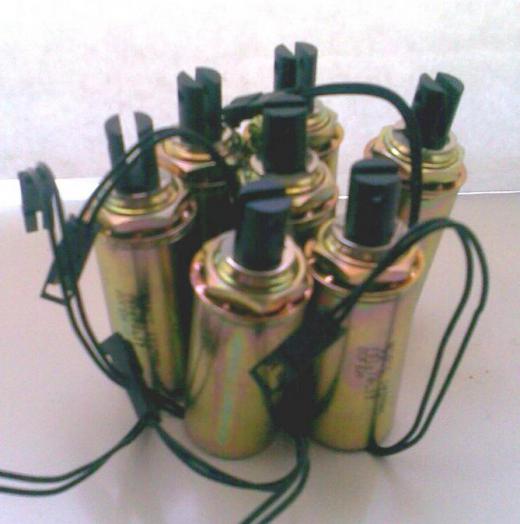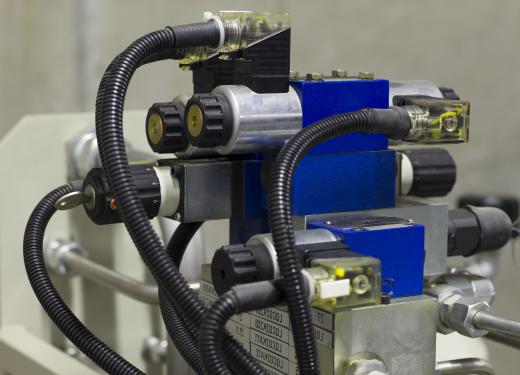There are a number of different internal and external factors that can affect solenoid valve operation. Some common external factors include the environmental conditions the unit is subjected to, and the media that pass through the valve. Contaminants in the media, and adverse environmental conditions, can both shorten the operational lifespan of a solenoid valve. Internal factors include natural wear and tear issues with the solenoid, electrical connections, and failures in the valve body. The design specifications of a unit, such as valve sizing, can also affect solenoid valve operation.
Solenoid valves are components that use an electric signal to regulate the flow of various liquids and gasses. These components are made up of a solenoid, which is activated by an electric current, and a valve body that is activated by the solenoid. Proper solenoid valve operation typically requires regular maintenance, though some of these components are inexpensive enough that they can simply be replaced when they stop working properly.

Many of the factors that can affect solenoid valve operation are external in nature. The environmental conditions that a valve is exposed to can play a large part in causing premature failure or improper operation. Adverse environmental conditions, such as heat or exposure to caustic elements, often cause a drastic reduction in the operational lifespan of a solenoid valve. Contaminants in the media that a valve is responsible for controlling can also cause issues, such as sticking either open or shut.

Environmental conditions often lead to electrical solenoid failures, though these components can also break down naturally over time. If the coil in a solenoid is burnt, or the slug becomes stuck, the valve will typically also fail to open properly. When an electrical connection fails, that will also prevent the solenoid from operating, and, in turn, keep the valve from either opening or closing.
Several design factors can be examined to help determine whether or not solenoid valve operation will be affected by various internal and external stresses. The main characteristics that are typically considered include the flow factor of the valve, compatibility with the media, temperature and pressure ratings, and the process fitting. Valve sizing is important to consider, since a flow factor that is too low or high will adversely affect solenoid valve operation. Media compatibility can also play a big role in the operation of a solenoid valve, since a unit that is incompatible with the media that passes through it will tend to fail very quickly. Temperature and pressure ratings play similar roles, as it is important for a solenoid valve to be rugged enough to withstand the conditions it is subjected to.
